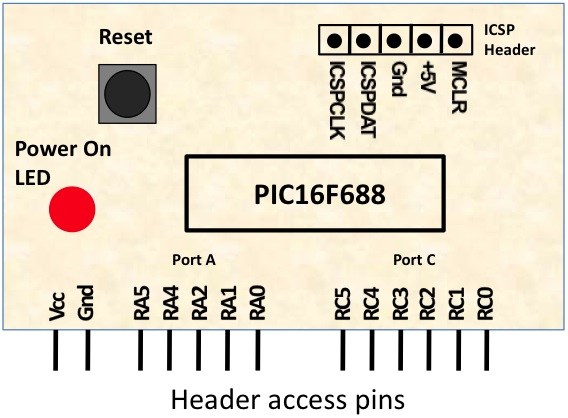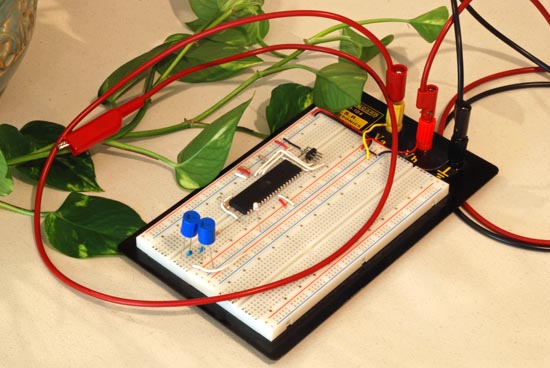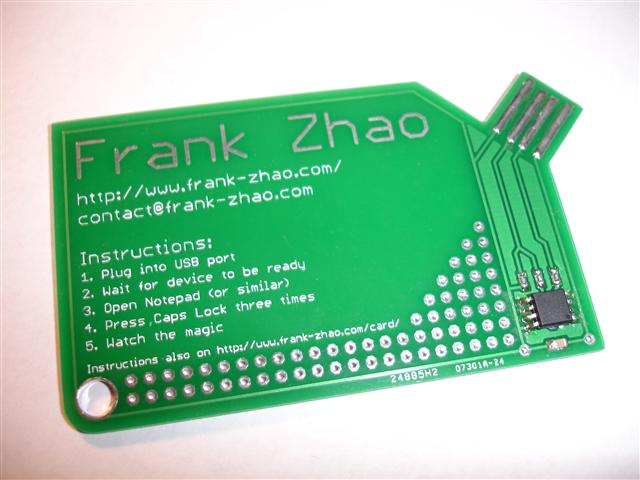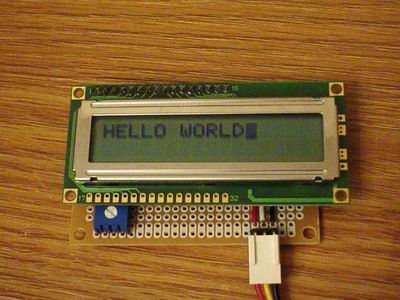Digital oscilloscope using Atmega32 and GLCD
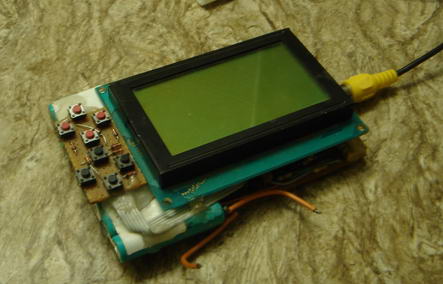
This project describes how to make a digital oscilloscope using an Atmega32 microcontroller and a graphics LCD. The GLCD used has 64*128 pixel dots (GDM12864A with KS0108 processor) and the AVR runs at 16 MHz using an external crystal oscillator. To enhance the speed further, it uses an external A/D converter chip, ADC0820. The sampling rate is 650K samples per second. The maximum range of frequency display is 60 KHz. The input impedance of the oscilloscope is about 1 M? and the voltage range of input signal is ± 0.01 – 250V. Read More
Read more